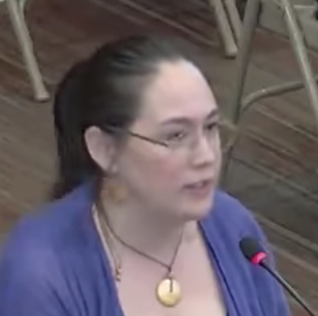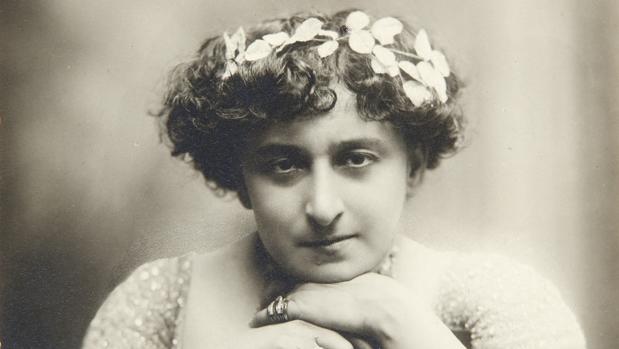
Biographers, interpreting Rizal’s words in the chapter “The Physics Class” of the El Filibusterismo as his own personal experience, concluded that the hero blamed the Dominican friars’ old-fashioned ways of teaching, as he was used to the more liberal Jesuit priests of the Ateneo. What an unfair assessment of Rizal! For while he truly was a great man, there was also a more human, more real side to this genius.įor his further education, Rizal enrolled at the University of Santo Tomás, where he at first took Philosophy and Letters and then shifted to Medicine – just a normal young man with many interests and talents but still in search of a direction in life.Īt the UST however, he failed to stand out in his class.

This distance from an image of a real person may even have made the other hero, Andres Bonifacio, more attractive, more endearing to the ordinary Filipino. Perhaps because of these efforts to elevate him as a paradigm of a great Filipino, Rizal may have become too difficult to emulate and his brand of nationalism left simply to be read in the pages of history books.

In fact, Republic Act 1425, the Rizal law, requires schools, universities and colleges, both private and public, to include in their curricula the study of Rizal’s life and works, particularly his two novels, Noli Me Tangere and El Filibusterismo, to instil into students the ideals of freedom and nationalism. Active efforts to promote Rizalist culture and values are being made by the government as well as Rizalist groups to encourage good moral character, personal discipline and civic consciousness. Many considered him a genius, a master of all trades, a patriot, a model brother and an ideal son.


This feature story was originally titled as The Real Rizal, and was published in the December 2006 issue of Tatler Philippines.īesides being the national hero of the Philippines, Jose Rizal was also known through time as the First Filipino, Pride of the Malayan Race, the Greatest Malayan, among others.


 0 kommentar(er)
0 kommentar(er)
